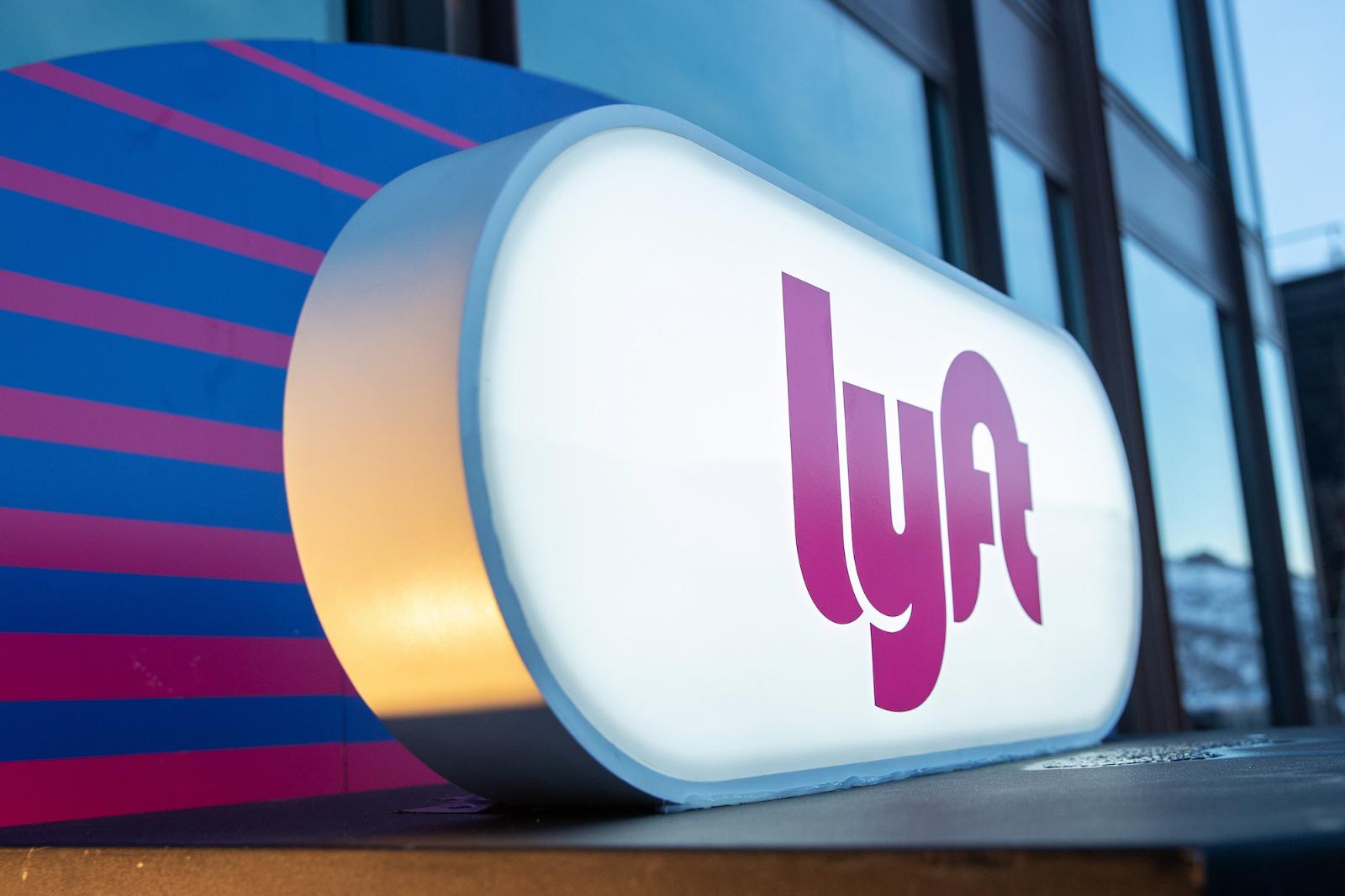
Lyft is charging riders wait time fees — but drivers aren’t reaping the rewards
Reading Time: 3 minutesLyft finally started charging riders wait time fees in December, but drivers are complaining those fees aren’t making it into their wallets. At least, not yet.
Lyft’s wait time fees, or the charges that passengers incur if a driver has to wait for them upon pickup, kick in two minutes after on-time arrival for standard fares and five minutes after Black and Black XL. The fees are charged on a per-minute basis.
Lyft never formally announced the new wait times; the company just quietly implemented them and updated their website and never promised that the money would go to drivers. That hasn’t assuaged drivers who are angry about getting ‘Gryfted,’ a term some are using on a Reddit forum to describe their views on losing out on the extra money.
Drivers argue increased rider fees have become the norm in the industry in reaction to macroeconomic trends. But that hasn’t always meant the extra fees have been passed on to drivers.
Back in March 2022, when Russia’s invasion of Ukraine caused gas prices to skyrocket, both Lyft and Uber added temporary surcharges to rides to help cover the cost of fuel. In that case, all of that money went to the drivers, who were grappling with higher gas prices. However, when Lyft was struggling to deal with rising costs of driver insurance in October, the company increased the service fees that riders in the U.S. pay for each ride and pocketed the money.
Kim did not confirm whether Lyft would retroactively pay riders for wait time fees incurred over the past two months.
Lyft introduced upfront pay last October, a few months after Uber launched a similar feature in July. The feature lets drivers see ride information and what they’ll earn before accepting a ride. While the companies have marketed upfront pay to drivers as a transparency tool, some drivers say it’s just a disguised pay cut. Drivers who say their earnings have been slashed since the feature was introduced have guessed that the upfront pay model is actually designed as an auction, where Lyft or Uber show a ride at the lowest possible fare and see which driver will take the ride.
Some drivers have experimented with the system to see if they could game it: ‘I declined a request that was 28 miles (34 minutes) for $10.26 and about 40 seconds later the same ride was $21.74,’ wrote one Redditer. Others have called for mass action from drivers to deny rides in unison until the upfront pay cost reflected what they deem to be a reasonable fare.
Uber and Lyft both denied the accusation that upfront pay is designed to offer the lowest fare to drivers. Both companies also said that driver earnings are high at around $35 per hour of engaged time. Note that engaged time means the time a driver is driving to pick up or drop off a passenger and doesn’t include the time spent driving around and waiting for a gig. Many drivers say this means engaged time is not reflective of a true hourly wage.
The dance of driver retention
Uber and Lyft have only just emerged from a driver shortage crisis that packed on more expenses.
In the fourth quarter of 2022, Lyft reported that it has the most active drivers on its network in three years, and drivers spent more time driving than they did in Q3 2022 or in Q4 2021. Getting drivers to come back on the platform after COVID-19 cost Lyft and Uber hundreds of millions of dollars in incentives, which took a chunk out of their margins and caused their share prices to plummet.
Today, the ride-hailing companies appear to have a little more power. Drivers are coming back to the platform not because of incentives. A looming recession combined with inflation that has made buying groceries as expensive as going out to dinner has motivated drivers to get back on the app.
That gives Lyft some wiggle room on how it pays its drivers in the short term. The question is, is it worth the risk of losing drivers to Uber over the long term?
It’s that tit-for-tat that caused Lyft shares to drop after reporting fourth-quarter 2022 earnings. Lyft lowered expectations for revenue in the first quarter, in part because the company expects poor weather to affect demand. However, Lyft also had to slightly reduce pricing in order ‘to remain competitive with the industry’ — ‘the industry’ being Uber, Lyft’s oft-described ‘big brother.’ For its part, Uber posted strong earnings and investors reacted favorably.
Ref: techcrunch
MediaDownloader.net -> Free Online Video Downloader, Download Any Video From YouTube, VK, Vimeo, Twitter, Twitch, Tumblr, Tiktok, Telegram, TED, Streamable, Soundcloud, Snapchat, Share, Rumble, Reddit, PuhuTV, Pinterest, Periscope, Ok.ru, MxTakatak, Mixcloud, Mashable, LinkedIn, Likee, Kwai, Izlesene, Instagram, Imgur, IMDB, Ifunny, Gaana, Flickr, Febspot, Facebook, ESPN, Douyin, Dailymotion, Buzzfeed, BluTV, Blogger, Bitchute, Bilibili, Bandcamp, Akıllı, 9GAG